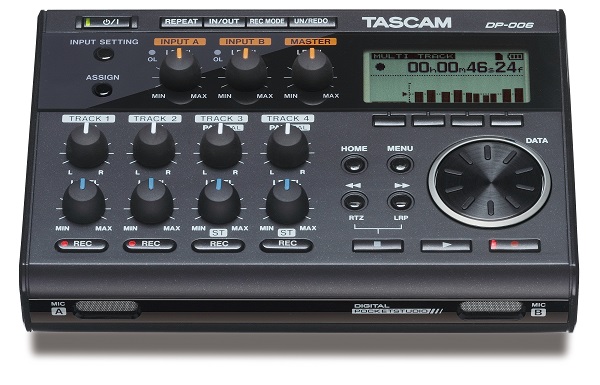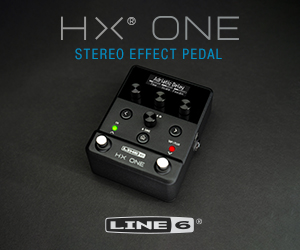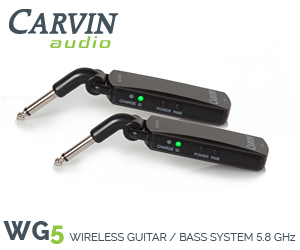Abbey “Home” Studios – The Origin Story of One of The Most Powerful Musical Tools Ever Created; The TASCAM Portastudio
trushack | Apr 08, 2021 | Comments 0
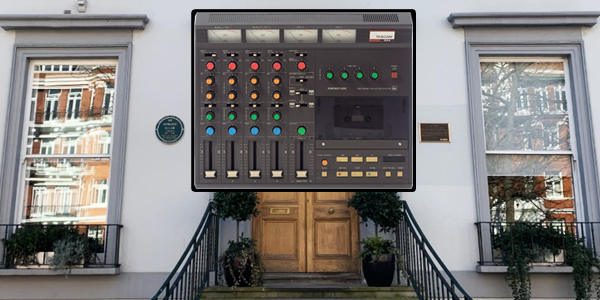
The very first musical notes this writer ever put to tape were put there courtesy of a TASCAM Portastudio. The year was…hmm…1990? Sounds about right. Anyway, a friend and I had come up with a droning, ethereal-but-not-quite-fully-formed tune and my guitar teacher at the time offered let us record it in his home studio. It promised to be a big step up from the slightly raggedy tape deck and Radio Shack mixer we had been using. My teacher had a big, shiny Portastudio, possibly an early model like a 244 or 246. All I knew was that it felt like I had arrived at Abbey Road. We could actually overdub parts now! There were faders! Damn, this thing sounds great. In our minds, we were now legitimate recording artists with studio experience. Even if the studio was a spare bedroom.
When it came time to build my own little recording hovel, the obvious choice was TASCAM. The humble PORTA-03 occupied my desk (where I should’ve been tackling homework instead of writing tunes. Or maybe not!), and a high school graduation present, a PORTASTUDIO 424mkII, later accompanied me to college.
Since its introduction in 1979, over one million TASCAM Portastudios have made their way from the factory into bedrooms, basements, garages, and even dorm rooms. TASCAM is a division of audio powerhouse TEAC; indeed, the TASCAM is partly derived from its parent company: “TEAC Audio System Corporation” gives us “TASC,” with the “AM” at the end standing for “America.” TASC was formed in 1969 as a research and development outfit targeting recording technology, and TASCAM sprung to life in 1971 as a U.S. distributor for TEAC products.
TEAC products like the A-3340 reel-to-reel tape deck were noted for bringing studio-style capabilities like overdubbing and Simul-Sync (a feature allowing someone to listen to one track while they record on another) into a compact package. Originally intended for home listening use, the A-3340 was quickly adopted into professional recording settings. TEAC immediately noticed an opportunity and, throughout the 1970s, began offering multitrack reel-to-reel systems into the marketplace.
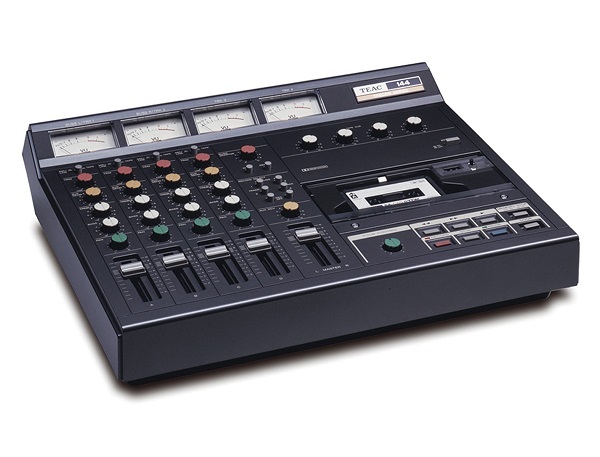
Tascam Model 144
In 1979, the first Portastudio, the TEAC-branded 144, hit the market. The most obvious difference was that this recorder used cassette tapes, arguably a much more accessible format for home creators. This was possible because TEAC had managed to design and produce a record/erase head small enough to utilize the smaller-size tape used in cassettes. Industry publications and spectators alike lauded the development of an integrated portable studio on par with the technology the Beatles had used to record landmark albums like “Sgt. Pepper’s Lonely Hearts Club Band.”
This writer knows of several cassette models that are still going strong. TASCAM obviously wouldn’t stop at cassette-based machines, however. As digital expanded the capabilities of sound recording and processing, TASCAM continues to lead the way in recording technology.
Among TASCAM’s most revered digital recorders was the DA-88. While it’s rackmount format didn’t follow the typical Portastudio silhouette, it was affordable enough to find its way into many home studios while still being powerful and reliable enough to serve as the heart of many professional facilities. Indeed, this writer’s first recording sessions in a real-deal studio took place not longer after the DA-88 hit the market, and the space we tracked in had just added two of these units to its arsenal. There we were, in a studio with a real control room, real iso booths, a real (huge mixer) and the warm, familiar TASCAM name. It felt like we were in an Aerosmith video (with fewer scarves).
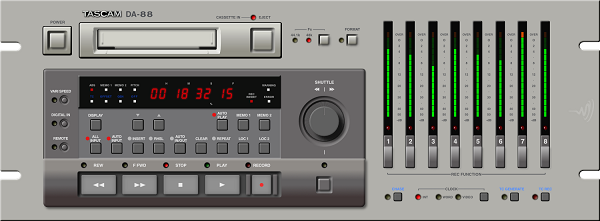
Tascam DA-88
The DA-88, which used Hi-8 tapes, was such a revered piece of kit that it actually won an Emmy award for technical excellence. TASCAM actually scored a second Emmy award for it’s MMR-8/MMP-16 hard disk recorders, introduced at the dawn of the 21st century. The year 2000 also saw the release of the TASCAM US-248 USB audio interface, bringing Portastudio ease-of-use to the digital audio workstation (DAW) world. All the folks like me who had been raised on the Portastudio layout could feel right at home in the computer-based recording world.
The plucky Portastudio has continued to chug along however, fully adapted to the digital standards of the current market. Now, six tracks fit easily in your pocket with the ultra-compact DP-006 digital multitrack recorder. The DP-03SD is the model this writer would’ve really killed for back in the day, with 8 tracks available, built-in effects and mastering capabilities for less money than some pedals out there today. For not much more, you can get an astonishing 32 tracks, guitar amp simulation, XLR inputs with phantom power and a color LCD screen with the DP-32SD. Imagine what George Martin and The Beatles would’ve done with something like that.
Imagine what you could do with something like that! Even if you’re fully immersed into the DAW world (which TASCAM also serves), having a TASCAM Portastudio at your disposal offers a fully integrated, portable, affordable, pro-level recording option for every level of musician.
Enjoy this video of Tascam’s Joe Stopka and TTK making music on the Tascam Model 24!
https://www.youtube.com/watch?v=V3Alzj79tlU
Tiny URL for this post:
About the Author:















